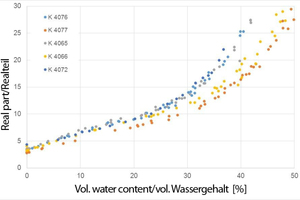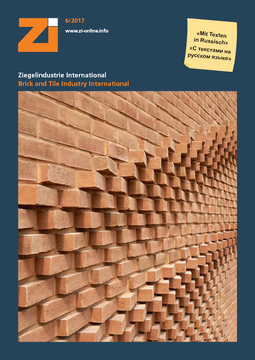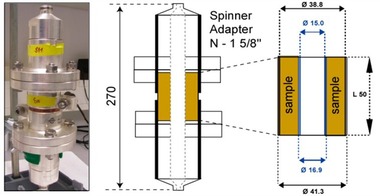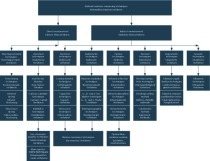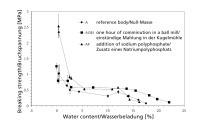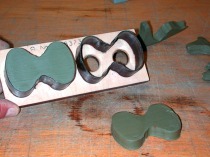Effective dryer control based on material-specific moisture content – Part 1: Material data
Drying green products is easily the most energy-intensive process step in clay brick and tile production. For the purpose of process control, it is interesting to know the distribution of moisture in the green products during drying. To this end, the measured value for the integral moisture content is coupled with a simulative calculation of the local moisture distribution. The measured value for the integral moisture is recorded with a new non-destructive measurement process to be developed, which takes shrinkage into account. With knowledge of the core moisture, drying control can be improved.
The sensor of the dielectric moisture measurement system is developed with consideration of the influence of drying shrinkage, moisture change and temperature on the permittivity. The determination of the variation of the hygro-thermal and the dielectric material properties during drying as well as their combination form the basis in this project. Part 1 focuses on an application-oriented presentation of the material properties.
Dr. Ralf Wagner, Material Research and Testing Institute at
Bauhaus University of Weimar,
Dr. Anne Tretau, Brick and Tile Research Institute Essen Regd

